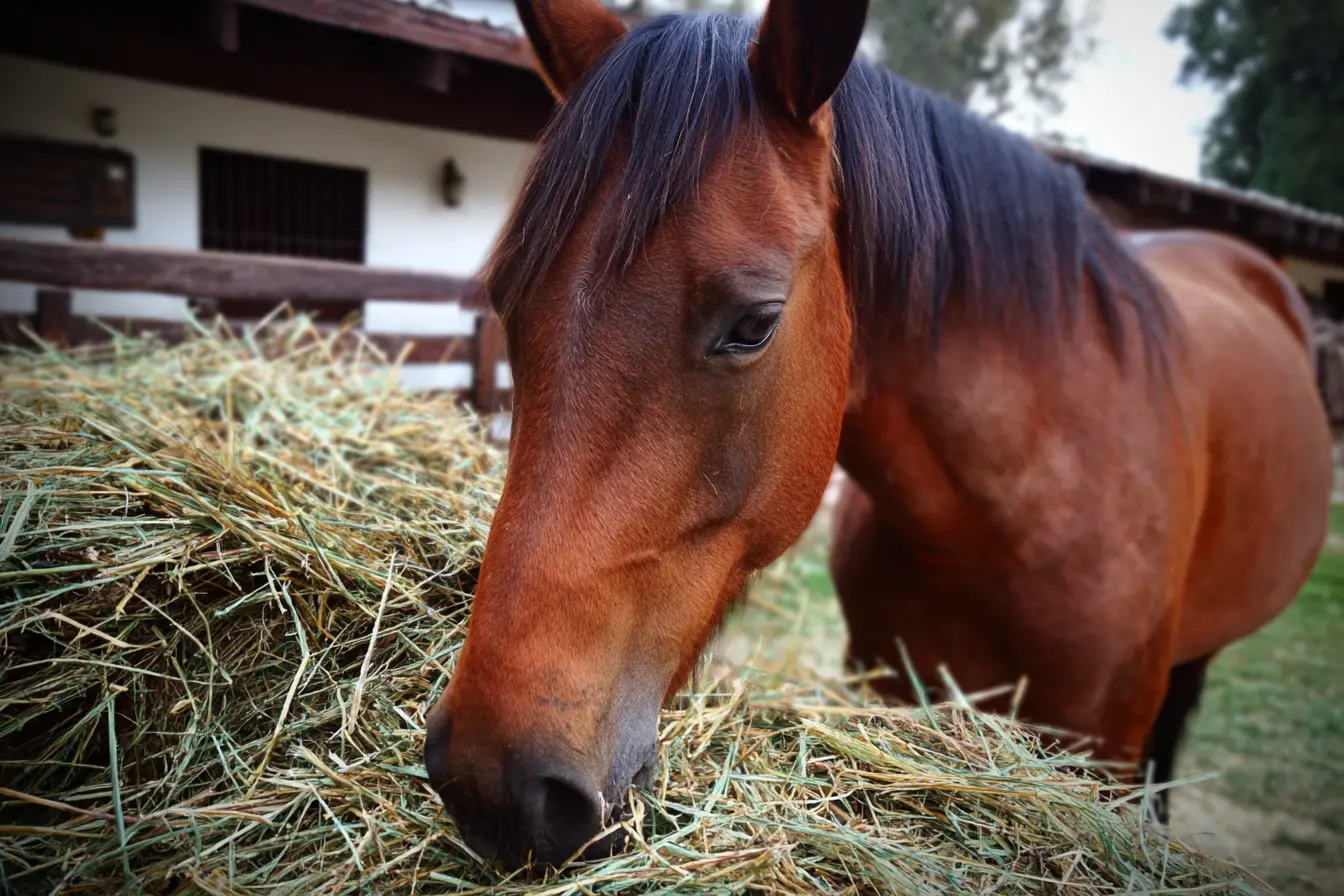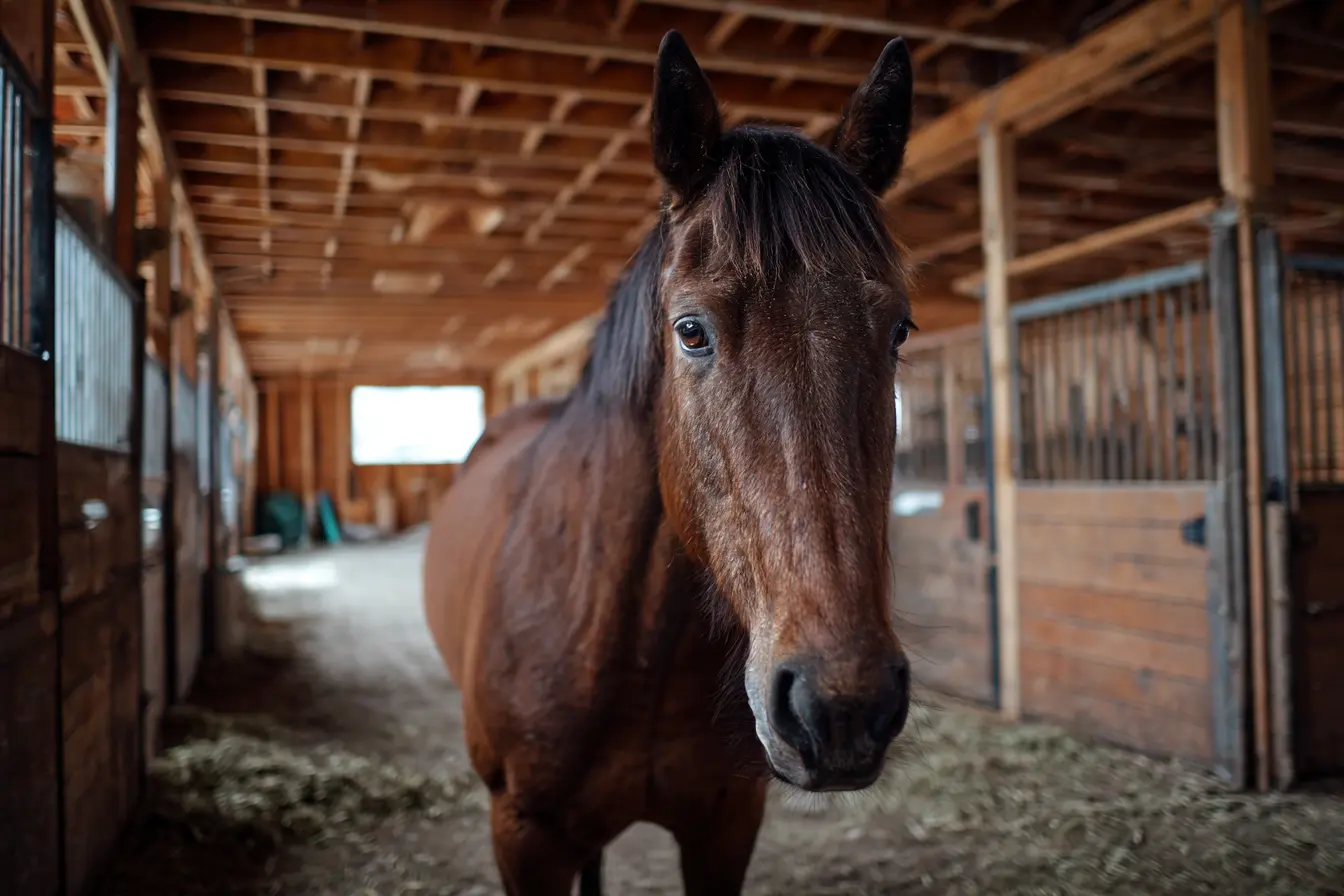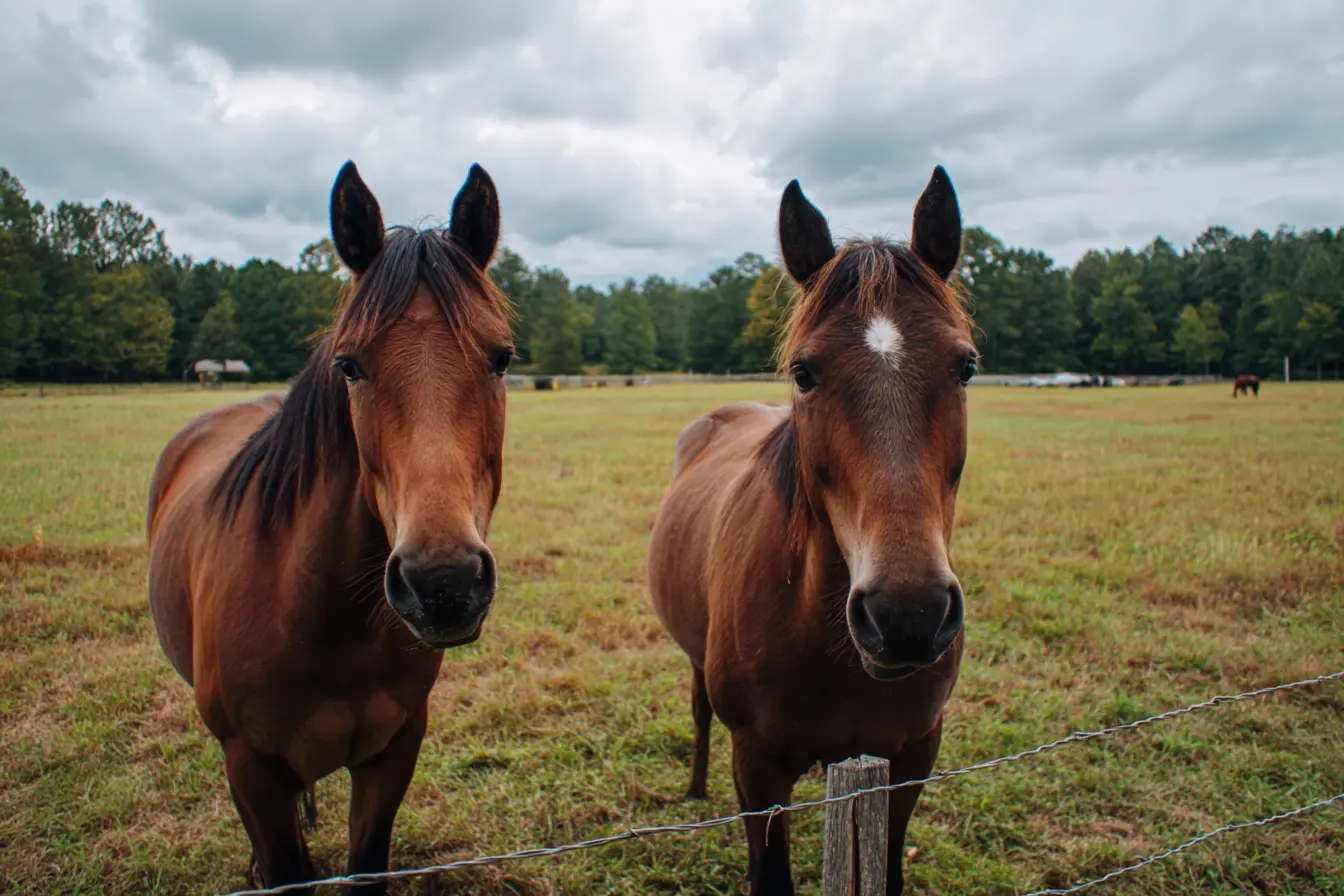
Training a Stallion: Everything You Need to Know
Training a stallion requires knowledge, consistency, and confidence. Stallions are entire (uncastrated) male horses, and their behaviour is influenced by testosterone. While many stallions can be kind, trainable, and safe to handle, they can also be strong-willed, excitable, and easily distracted, especially around mares. Because of this, training a stallion must be approached carefully, with clear boundaries, a structured routine, and experienced handling.
This post explains everything you need to know about training a stallion, from groundwork and manners to ridden work, behaviour management, safety, and long-term development.
Understanding Stallion Behaviour
Before starting training, it is essential to understand what makes stallions different.
- Stallions have a strong natural drive to reproduce and can become fixated on mares, especially during the breeding season.
- Testosterone can make them more territorial, dominant, or aggressive than geldings.
- They may challenge handlers or other horses to establish hierarchy.
- Many stallions are intelligent, sensitive, and quick learners, which can be a huge advantage when handled well.
A stallion’s behaviour is not inherently bad, but it must be channelled correctly. Poor handling or inconsistent boundaries can lead to dangerous behaviour.
Prerequisites for Training a Stallion
Training a stallion is not a task for a novice. Before starting:
- The handler should have significant experience working with stallions or challenging horses.
- The stallion should be healthy, well-fed, and not in pain or discomfort.
- Facilities should be safe, secure, and well maintained (strong fencing, solid stable doors, non-slip surfaces).
- Ideally, begin handling and training while the stallion is still a colt to establish good habits early.
Professional guidance from an experienced trainer is strongly recommended, especially during the early stages.
Establishing Ground Manners
Good groundwork is the foundation of training any stallion. He must learn to respect space, follow cues, and respond calmly to handling.
- Teach him to lead politely, stop, and stand on command.
- Use a well-fitted head collar or bridle and a lunge line if necessary.
- Set clear boundaries: do not allow barging, biting, striking, or rearing.
- Be calm, consistent, and fair at all times.
- Use pressure-and-release techniques to teach responses, not force or punishment.
- Handle him daily and include regular grooming, picking up feet, and tying up.
A stallion with solid ground manners is safer to work around and easier to manage in all other contexts.
Managing Behaviour Around Other Horses
Social management is a major part of training a stallion.
- Keep him at a safe distance from mares during early training sessions to reduce distractions.
- Gradually expose him to working near other horses in a controlled environment.
- Never allow him to make physical contact or mount other horses during training.
- Be especially careful around mares in season, and avoid turning him out near them.
- Reward calm behaviour around other horses to reinforce good habits.
Consistent exposure and calm handling will teach him to focus on his handler, even when mares are nearby.
Introducing Ridden Work
Once ground manners are reliable, ridden training can begin.
- Start with lunging and long reining to build fitness and understanding of voice aids.
- Introduce tack gradually, ensuring it fits correctly and does not cause discomfort.
- Have an experienced rider mount in a quiet environment with a handler on the ground for safety.
- Keep sessions short, clear, and positive.
- Always end on a good note to build confidence and trust.
Stallions may test their rider’s authority at first. Consistent, calm riding and clear aids are essential to establish respect.
Maintaining Discipline and Boundaries
Firm, fair discipline is crucial when training a stallion.
- Use consistent rules and routines every day.
- Respond immediately to unwanted behaviours with clear corrections (for example, backing up if he barges).
- Never use physical punishment or aggression, which can provoke fear or retaliation.
- Always stay calm and confident; stallions sense uncertainty.
- Reward correct behaviour with release, rest, or positive reinforcement.
Clear leadership builds trust and reduces the likelihood of dangerous behaviour developing.
Exercise and Mental Stimulation
Stallions need regular exercise and mental engagement to stay balanced.
- Provide daily work: groundwork, ridden sessions, hacking, or in-hand walking.
- Use varied routines to prevent boredom.
- Provide enrichment such as toys, mirrors, or safe objects in the stable.
- Allow visual contact with other horses to reduce loneliness and stress.
A well-exercised stallion is usually calmer and easier to train.
Safety Considerations
Safety is always the top priority when training a stallion.
- Always use well-maintained, secure facilities.
- Wear appropriate protective clothing (helmet, gloves, boots).
- Never work alone when starting a young or inexperienced stallion.
- Use experienced helpers when needed, especially during first backing or exposure to new environments.
- Maintain public liability insurance and inform your yard manager or insurer that you are keeping an entire male.
Stallions can be unpredictable, so preparation and vigilance are essential.
Long-Term Training and Management
Stallion training is not a one-off task but an ongoing commitment.
- Continue handling and schooling regularly throughout his life.
- Do not allow standards to slip; behaviours can regress if boundaries are relaxed.
- If he is used for breeding, keep breeding work completely separate from daily training so he understands the difference.
- Regular veterinary, dental, and farriery care will support his physical ability to train and perform well.
With consistent handling, many stallions become excellent riding or competition horses.
Conclusion
Training a stallion requires experience, confidence, and commitment. With the right approach, stallions can be well-mannered, responsive, and rewarding horses to work with. Establishing solid groundwork, maintaining strict but fair boundaries, and providing regular exercise and stimulation are all essential.
Handled correctly, a stallion can become a focused and reliable partner, but training one is a responsibility that should never be taken lightly.
Contents
Tags
Related Vets
Vets near you
Speciality vets
- Aquatics vet specialists
- Birds vet specialists
- Camelids vet specialists
- Cats vet specialists
- Cattle vet specialists
- Deer vet specialists
- Dogs vet specialists
- Equines vet specialists
- Exotic vet specialists
- Goats vet specialists
- Pigs vet specialists
- Poultry vet specialists
- Sheep vet specialists
- Small Mammals vet specialists
- Wild vet specialists








